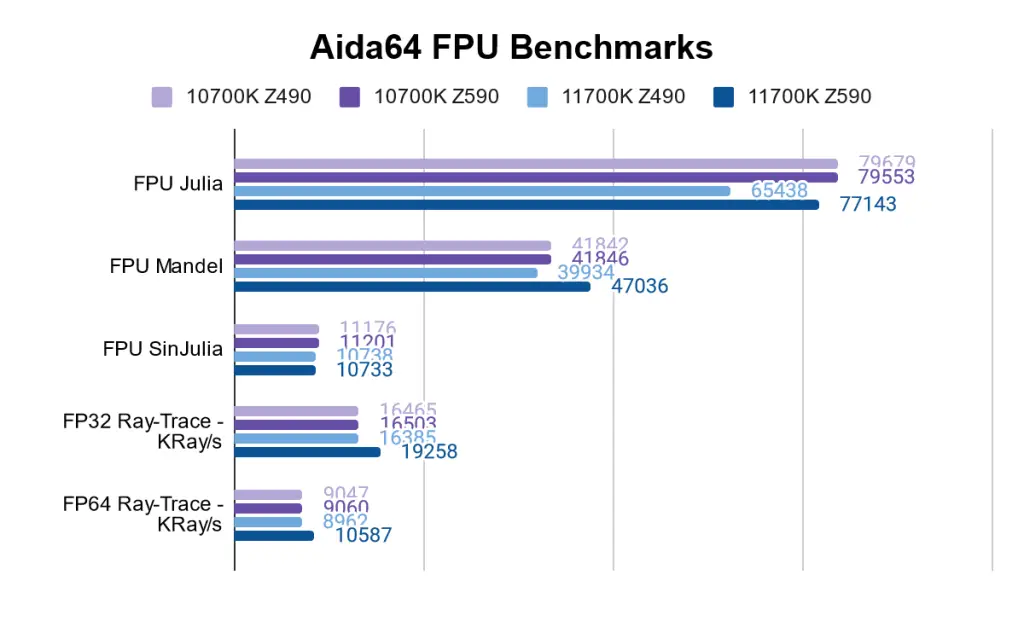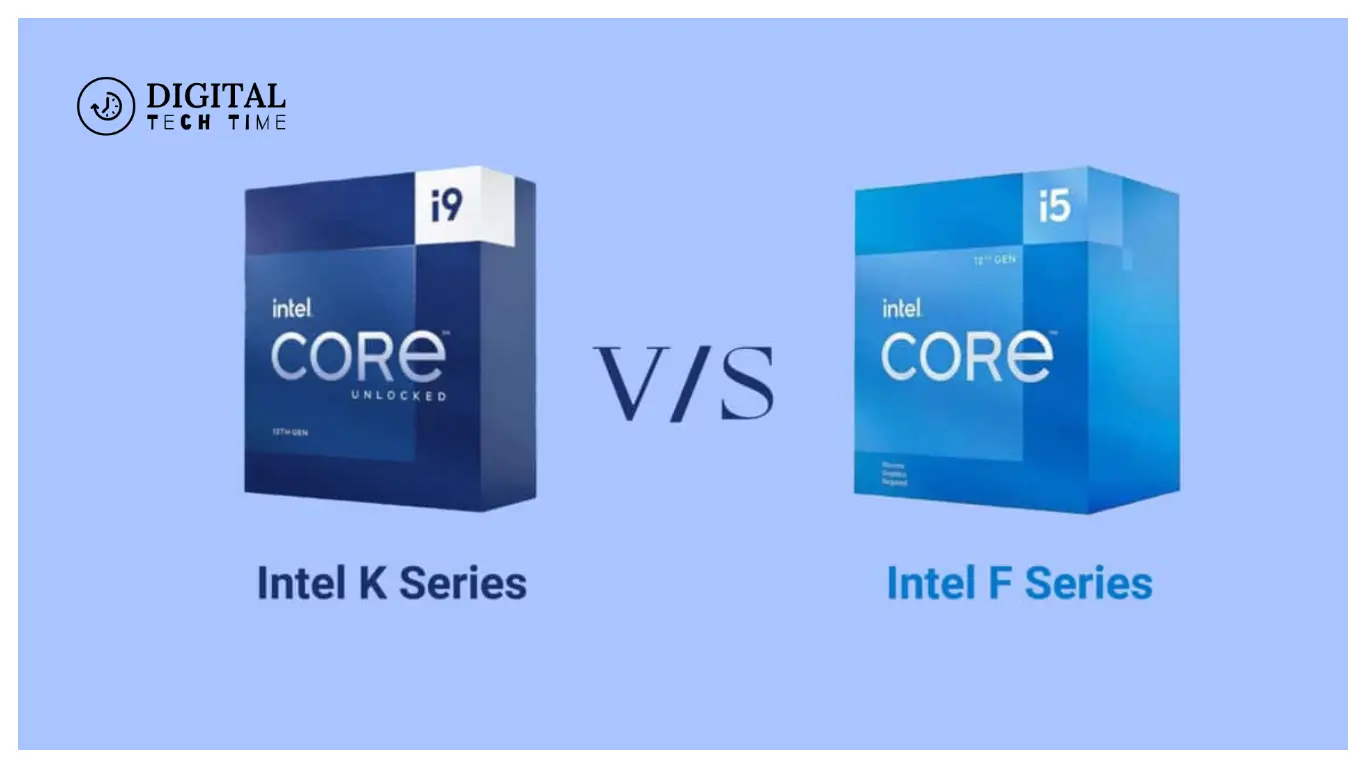Intel K vs F Series CPUs: A Comparison for Peak Performance
Having been a long-time tech enthusiast, one thing I’ve always kept an eye on is the never-ending tussle for the top spot in the CPU arena. Today, we’re going to talk about everything from unique features and capabilities to determining the factors that distinguish Intel K vs. F series CPUs. Whether you game hard, create content, or need a workstation powerhouse, knowing the nuances between these two CPU lineups will make all the difference.
Table of Contents
Understanding the Differences between Intel K vs F Series CPUs
This discussion cuts to the core of the most basic differentiation between the Intel K and F series processors. While K series CPUs have an unlocked multiplier, which provides easy overclocking for increased performance, the F series processors have sacrificed integrated graphics on the board to make sure raw computation is what they solely have.
Overclocking Capabilities of Intel K Series CPUs
One of the strong points of the Intel K series is, of course, its overclocking capability. Allowing for fine-tuning of the multiplier, enthusiasts are able to wring out the last drops of performance from these chips, tailoring it to their exact needs. From higher frame rates in your favorite games to more accelerated video editing work, the K series offers flexibility to push the efficiency of your system.

Power and Thermal Limitations of Intel F Series CPUs
While the CPUs in the F series may boast pure processing power, there are always going to be some inevitable trade-offs. These processors generally need much more power without integrated graphics, generating more heat and requiring robust cooling solutions. This is a critical consideration for users building compact or low-profile systems, where thermal management becomes vital.

Performance Comparison between Intel K and F Series CPUs
With raw performance, K and F-series CPUs usually trade blows within multithreaded applications, especially depending on the workload or optimization that is present. However, the K series may have a slight advantage in terms of single-threaded applications because of the overclocking headroom. It should be very good for very heavily multithreaded workloads, provided it leverages any computational capabilities.
Factors to Consider when Choosing between Intel K and F Series CPUs
Your right decision between any two suitable Intel CPUs depends on a very close call on what matters to you: usage patterns and priorities. Budget, system configuration, cooling capabilities, and the actual programs you intend to execute-all these will be critical to determine which series is better. Knowledge of these variables would help you make an informed decision in line with your computing needs.
Real-world Applications and Usage Scenarios for Intel K and F Series CPUs

Indeed, K and F series CPUs offer different strengths for very particular applications. K series shines in gaming scenarios, content creation, and other kinds of workloads that tap high single-threaded performance; meanwhile, F processors shine in highly parallel tasks like 3D rendering, scientific simulations, and data processing.
Price and Value Proposition of Intel K and F Series CPUs

Naturally, the differences in the features and capabilities of K and F make them different in price. The K series is normally more expensive because of its overclocking capabilities and integrated graphics. The F series is relatively cheaper and provides users who do not need integrated graphics functionality with a much more affordable solution.
Recommendations and Expert Opinions on Intel K and F Series CPUs
Based on our analysis and the insight we have gained from various experts in the industry, the following could be suggestions:
- The Intel K series of CPUs is a no-brainer for professional gamers and content creators who need high levels of single-threaded performance and flexibility in terms of overclocking.
- The Intel F series of CPUs can service users who run heavily multithreaded workloads such as video editing, 3D rendering, or scientific computing more economically and with better power efficiency.
- Since most mainstream users will have a balanced set of demands, whether you choose the K or the F series may boil down to personal preference and system constraints for the kind of application you are running.
Frequently Asked Questions
Q: What is the difference between Intel K and F Series CPUs?
A: The main difference lies in integrated graphics. K series CPUs contain integrated graphics, while the F series CPUs forgo the integrated graphics for pure computational power.
Q: Can I overclock Intel F Series CPUs?
A: No, the Intel F series CPUs do not have unlocked multipliers; thus, overclocking is not possible as with their K series siblings.
Q: Which one of the two CPU series is better for gaming?
A: Generally, the Intel K series CPUs are suited more toward gaming, as the higher single-threaded performance and the capability to overclock them upwards would give a noticeable boost to gaming framerates.
Q: Are Intel F Series CPUs more power-efficient?
A: Considering the fact that F series CPUs do not have integrated graphics, under certain conditions and workloads relying less on integrated graphics, they’re pretty power-efficient as opposed to their K series siblings.
Q: Can I use the same motherboard for Intel K and F Series CPUs?
A: That depends, but with both Intel K and F series CPUs, you are able to use the same motherboard as long as it supports the specific socket and chipset this CPU would require.
Conclusion
Your needs and preferences will be the guide to go for either the K or the F series CPUs. The K series allows flexibility on the option of overclocking and integrated graphics, hence making it a winner for gaming, creating content, and computational work. The F series is best suited for heavily multithreaded applications since it offers great performance, is the most economical, and can keep power consumption under control for users who target pure computing.
Depending on your computing needs, it always pays to weigh the strong and weak points of both lines of Intel CPUs so you can make a truly informed decision. If you are still in a dilemma about which direction to go, kindly check with our experts, who will offer personalized advice and recommendations to help you find the ideal Intel CPU for your requirements.
Related Article







